Dong Thap After two years of being lost, four red-crowned cranes returned to Tram Chim National Park, flew around and landed for about half an hour.
On the afternoon of March 7, Mr. Doan Van Nhanh, Deputy Director of Tram Chim National Park Conservation Center, said that the cranes appeared at noon the same day, in subdivision A5 - their familiar feeding ground. Four cranes flew around for a few hours to observe, then landed for about half an hour to look for food.
Four red-crowned cranes soar in Tram Chim National Park. Video: Provided by Tram Chim National Park
"Usually, the cranes will send a few individuals to fly to scout and survey carefully before deciding to stay permanently until the end of the migration season," said Mr. Nhanh, adding that the migration of cranes usually begins in December, when the West enters the dry season, lasting until the end of April. Cranes are considered to be a species with intuition, indicating places with a clean environment. "The staff in the garden are happy to see the signal of the cranes flying back," said Mr. Nhanh.
The red-crowned crane is a rare bird listed in the Vietnam and World Red Book. The bird is notable for its red head and neck, with featherless red stripes on the wings and a grey tail. Adults are 1.5-1.8 m tall, with a wingspan of 2.2-2.5 m, and weigh 8-10 kg. Three-year-old cranes will pair up to breed and spend a year raising their young before giving birth to the next brood.
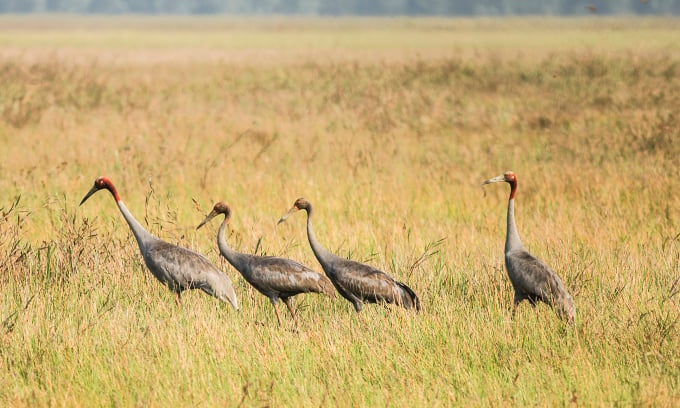
Cranes return to Tram Chim National Park in 2019. Photo: Nguyen Van Hung
In Vietnam, from the end of the year to the first months of the following year, cranes often choose Tram Chim to migrate. There was a time when this national park recorded about 1,000 cranes, but then the number gradually decreased. According to statistics from this national park, in 2015, the number of cranes returning was only 21, in 2016: 14, in 2017: 9, in 2018: 11, in 2019: 11. In 2020, no cranes returned, in 2021, 3 cranes returned and then disappeared two years later.
The reason for the disappearance of this rare bird is believed to be the change in the ecological environment in the garden. There is less flood water, which cannot wash away the ground cover, and at the same time, the amount of aquatic products that are the main food of the birds has decreased...
Therefore, according to some experts, the cranes returned in the context of many changes in Tram Chim's ecological management. Specifically, at the beginning of the year, this national park changed from storing water to prevent forest fires to regulating according to nature, prioritizing biodiversity conservation. The reed grass field where the cranes returned to had been drained two months ago, proactively burning the ground cover, helping the reed grass to easily form tubers - the favorite food of the cranes.
Late last year, Dong Thap approved a project to conserve the crane flock with a total investment of 185 billion VND, to be implemented in 10 years. According to the plan, the province will receive 60 pairs of cranes from Thailand and then raise an additional flock of 40. After being cared for and trained, they will be released into the wild at Tram Chim National Park. To date, the cranes have not been brought back to the park.
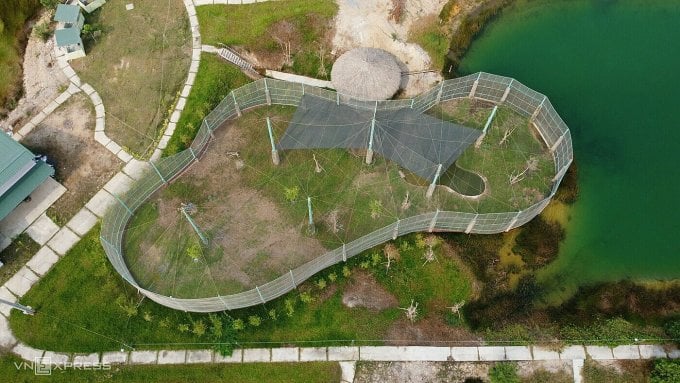
Crane cages in Tram Chim National Park. Photo: Tran Thanh
According to the International Crane Association, there are an estimated 15,000-20,000 red-crowned cranes in the world, of which 8,000-10,000 are distributed in India, Nepal, and Pakistan. As for the Oriental cranes (mainly in Vietnam and Cambodia), since 2014, there were about 850 red-crowned cranes, but by 2014 there were 234, and now there are about 160.
Tram Chim National Park was recognized in 2012 as the world's 2,000th Ramsar site (wetland) and the first in the West, with an area of over 7,300 hectares. This is one of the habitats of red-crowned cranes and is an important factor in helping the park achieve the title of Ramsar site.
Ngoc Tai
Source link









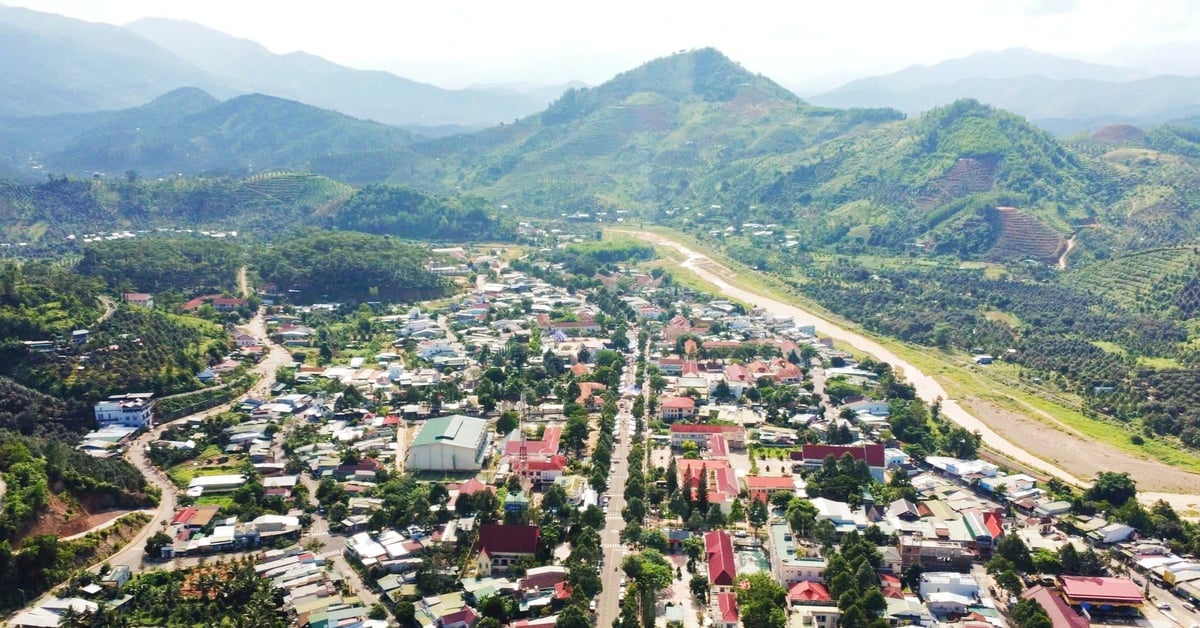

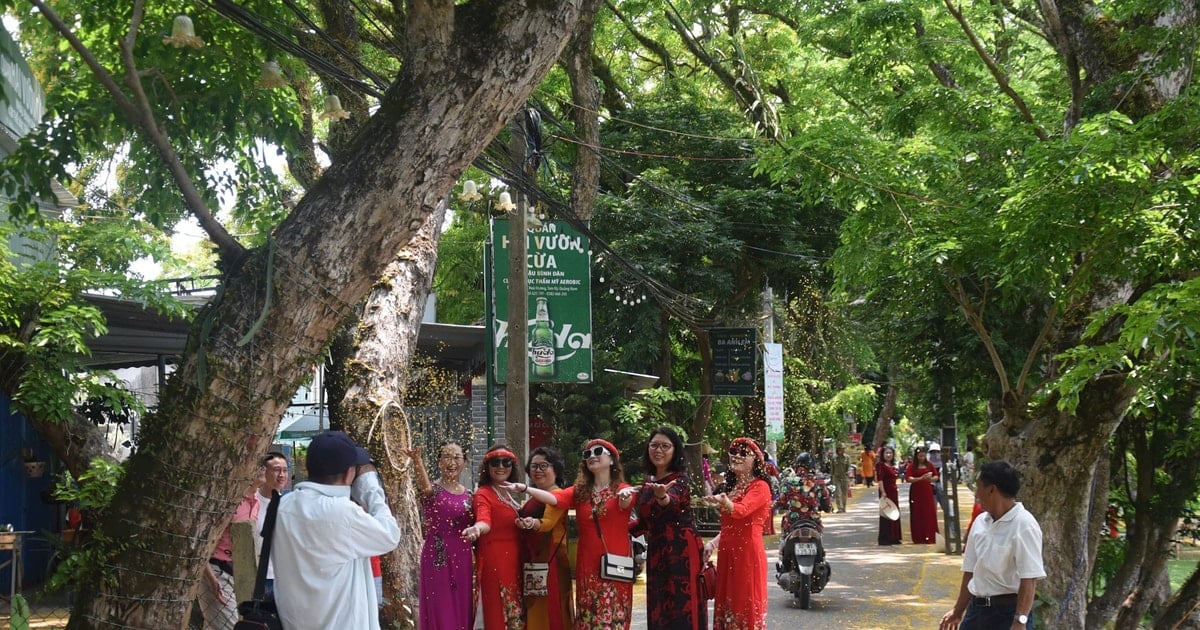





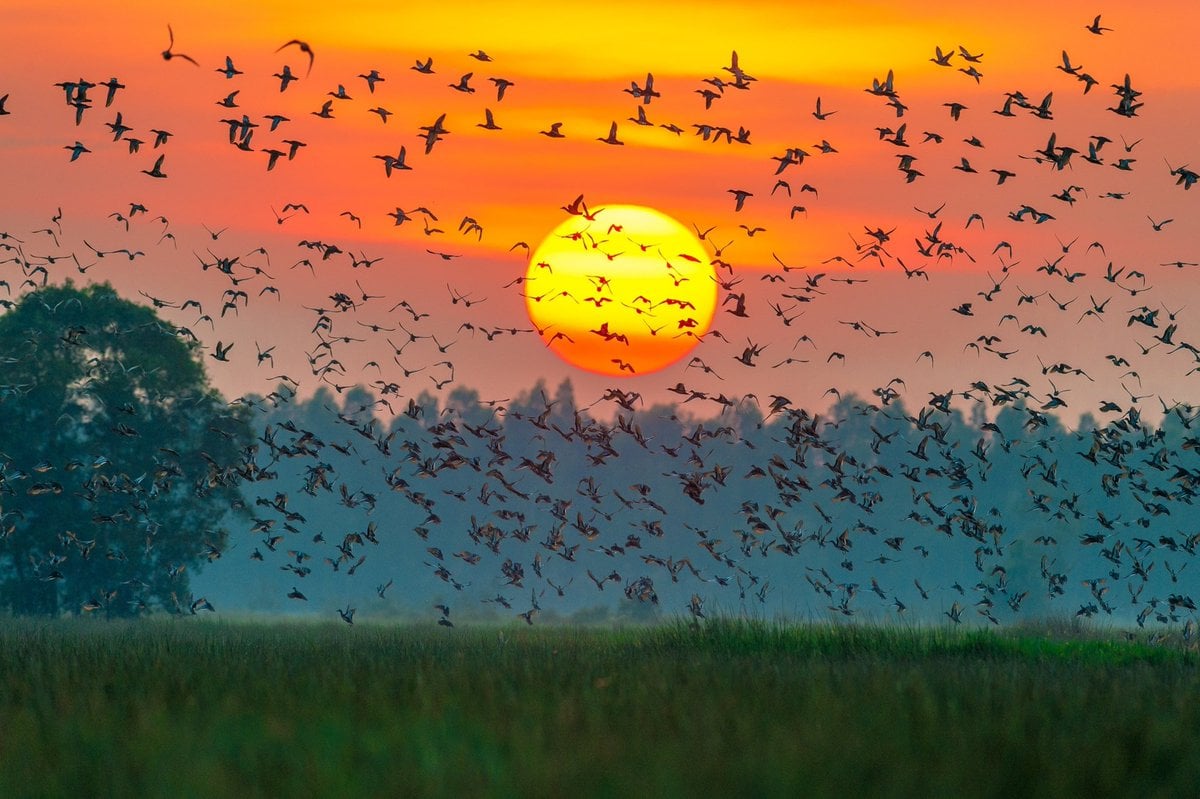
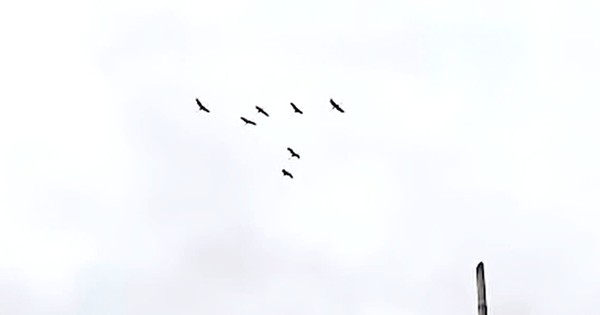
















![[Photo] "Beauties" participate in the parade rehearsal at Bien Hoa airport](https://vstatic.vietnam.vn/vietnam/resource/IMAGE/2025/4/11/155502af3384431e918de0e2e585d13a)

















































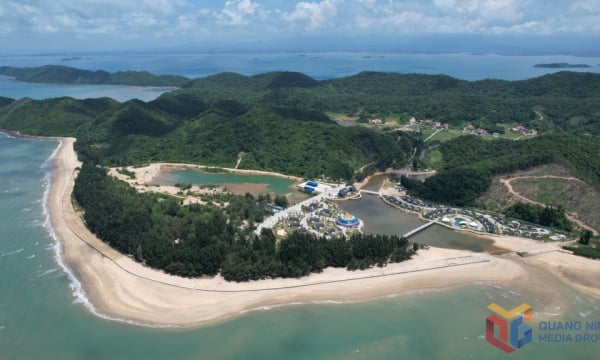













Comment (0)